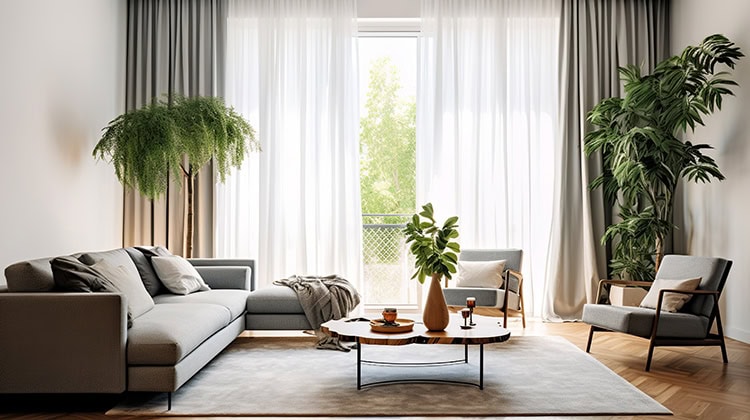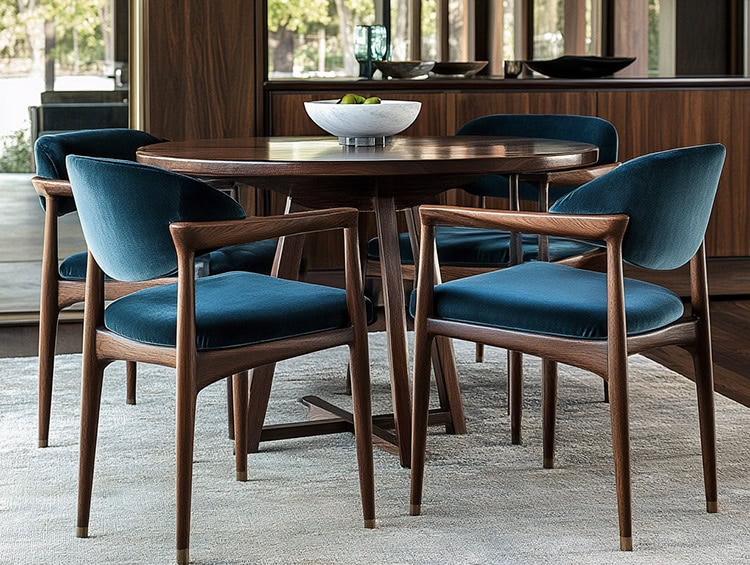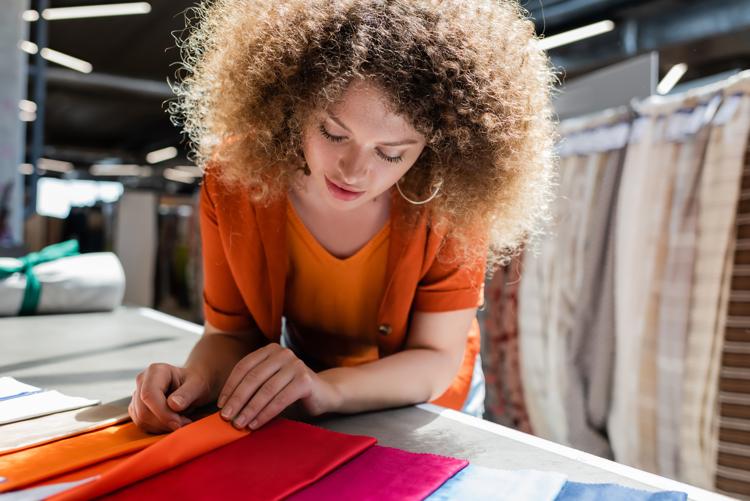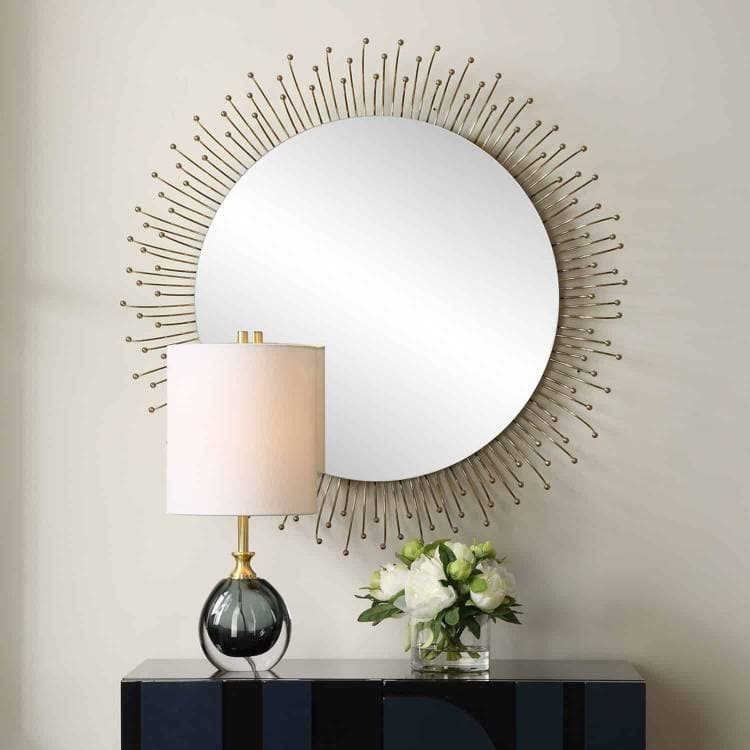At the end of the day, we often look forward to relaxing on some sort of comfortable seating. In most cases, that comfortable spot is the couch. Or, wait…maybe it’s the sofa. For most people, they are one and the same, which explains why their names are frequently used interchangeably. And while a sofa and a couch are indeed very similar, there is actually a distinct difference between them. Let’s take a brief look at their history and discuss some characteristics that define each piece.
A Little History
It’s not entirely clear when either first came into being, but sofas and couches have two very different origins:
Sofa: Derived from the Arabic word “suffah”, which is used to describe a bench that has been covered with cushions and blankets. A sofa was commonly known as a “fainting couche”–a place where corset-wearing ladies could rest and catch their breath.
Couch: Comes from the French word “couche”, and is used to describe a piece of furniture with no arms used for lying. History hints that couches were highly popular around the Victorian period.
Distinctive Differences
There are distinctive differences between a sofa and a couch. Those differences are typically found in style, size, and function.
Style
A true couch features one or no arms, as well as a tapered back. It may also feature back cushions. Some often refer to a traditional couch as a “chaise”.
A sofa, on the other hand, is what we commonly find in the average home. Sofas are upholstered, have two arms, and a uniform back. They also seat more people than a couch does.
Size (Seating Capacity)
When compared to one another, the size difference between the two becomes apparent. Generally, a couch is meant to seat 2-3 people, whereas a sofa will sit 4 or more. For those with small spaces, a love seat would be a wise purchase, being that it is essentially a small sofa.
Function
The function of sofas and couches also vary. Couches are often favored by people who have smaller spaces or wish to seat fewer people. Why? Because couches are actually intended to be lied upon rather than sat on. They are also typically associated with informal settings where casual entertainment takes place.
Sofas tend to be used more in larger homes or rooms. Due to their representation of style and class, they are generally associated with formal occasions. Additionally, they are an optimal choice for people who often entertain a larger crowd of guests, because unlike its cousin the couch, sofas were designed for seating purposes.
Shared Similarities
While they have their differences, sofas and couches have similarities as well–primarily when it comes to materials used to make them. Traditionally, the frames of both types of furniture are made from wood. However, you can also find frames made of stainless steel, laminated board, and plastic.
In regards to fabric, both can be covered in various types. Sofa and couch fabric can be found in natural, synthetic, and blends. Natural fabrics tend to provide more comfort, while synthetic fabrics generally provide more durability. Natural-synthetic blends seem to be the best of both.
Is One Better Than the Other?
Not necessarily. Honestly, your personal needs will determine which piece of furniture will be best. However, now that you’re a bit more knowledgeable about the two, you can go to the store and the right selection with confidence.
Picking the Right Fabric For Your Upholstered Piece
Regardless of whether you prefer a couch, a sofa, or both, there are some important things to take into consideration when choosing what fabric will cover it. It’s important to understand that your upholstery fabric will determine the longevity of your seating. As you wade through your options, keep your eyes open for quality fabric that will stand up to all that goes on in your home.
There are a few things to keep in mind as you shop. The first one is that fabrics with woven patterns often hold up better than fabrics with patterns printed on them. The second thing is that raised, textural patterns wear down quickly with heavy use. The third thing is that a higher thread count means higher durability. Depending on how much use your seating typically gets will determine whether or not any of these three things are important.
Steps to take when choosing a fabric:
- Go for medium to heavyweight fabric. Even if the seating won’t get a ton of use, a medium weight fabric is a nice choice. The durability of upholstery fabric is based on how many double rubs it can sustain. Anything below 10,000 double rubs is considered lightweight and won’t handle much wear. Anything above 15,000 double rubs is considered heavyweight, so if your sofa is in a high-traffic family room, the higher the better.
- Make fabric color part of the decision process. Think about where the couch or sofa will be. If it’s in a room that gets frequent visits from small children or pets, then a white-colored fabric t really ideal. If there’s a certain mood you’re trying to create, find the color that will do it. Big transformations can occur just by adding a splash of color to your home.
- Don’t be afraid of patterns. Depending on the purpose of your seating, a pattern can be just what you need. Solid couches and sofas are fine but don’t shy away from patterns, or even bold patterns for that matter. Just make sure that the pattern doesn’t conflict with the shape of your seating.
Common Seating Fabrics
While you can cover a sofa or couch in pretty much anything, there are some materials more popular than others. The most common materials include leather, vinyl, microfiber, velvet, and cotton (plain, textured and cotton-poly blended). Each has its pros and cons but knowing where and how your sofa will be used should make the decision a bit easier.
Looking for a custom piece or two? We have just what you need. Come visit us at one of our retail locations or shop online for great deals on upholstery fabrics in a variety of designer styles and patterns.

















